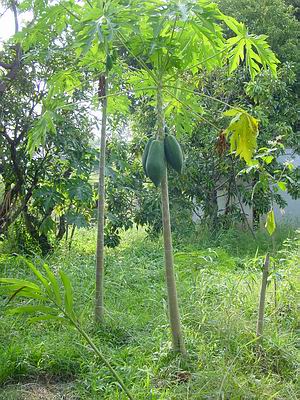

PAPAYA
Papaya is an ideal fruit for growing in the kitchen garden and the backyards of the houses. It can is also a commercial plant with excellent returns.
Papaya is quick growing and starts bearing fruit within 8-10 months transplanting. It is a rich source of vitamins, minerals and enzymes. It contains about 2500 i.u. of vitamin A, 85 mg of vitamin C per 100 gm of the pulp. It also loaded with a valuable enzyme Papain, which helps in digestion of protein rich foods.
Climate and soil conditions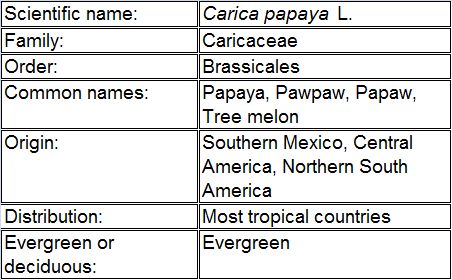
Papaya is a tropical fruit plant. It requires warm and humid climate and can be cultivated up to a height of 1000 meters above sea level. It can be grown successfully all over Northern India and the foot hills of the Himalaya’s. It is very sensitive frost and wet conditions. It therefore needs to be planted in frost free areas and well drained soils. Young plants must be protected against frost. They should be covered with transparent plastic envelope, sarkanda, straw thatches or any other covering material from November to February against frost damage.
Recommend cultivars The following variety of cultivars is recommended:
Propagation Nursery Raising – Papaya seedlings are raised in polythene bags 28x10 cm having 8-10 holes of 1 mm diameter on the lower part for drainage. Fill the bag with a mixture of farmyard manure, soil and sand in equal parts. During the second week of July to third week of September about 150 gm seed is sown in bags for transplanting in one acre. Sow 2-3 seeds per bag. Treat the seeds with 3 gm of Captan per kg of seed before sowing. Out of the seedling that emerges retain the most vigorous ones. When the seedlings have emerged drench the poly bags with 2 percent Captan to prevent them from damping off disease. T he nursery will be ready for transplanting in September-October. 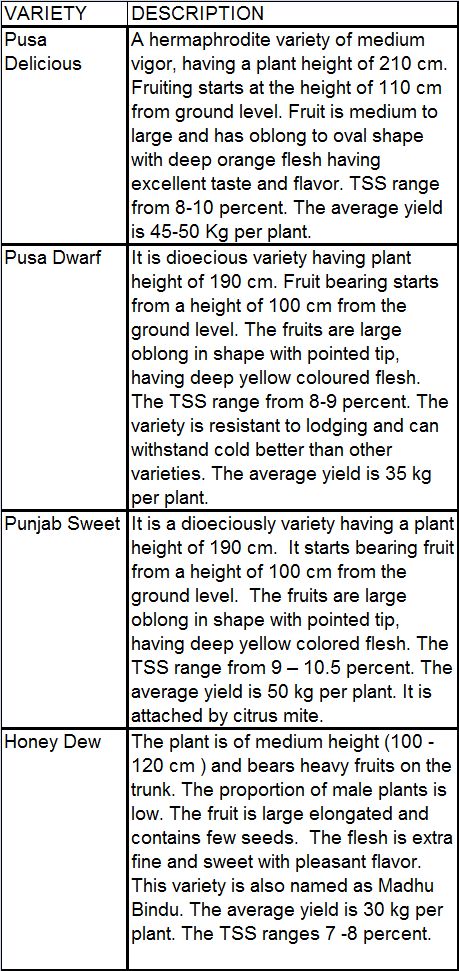
Planting – Dig pits of 50x50x50 cm in size at a spacing of 1.5x1.5 meters. Fill the pits with a mixture of equal quantity of soil and well rotten farmyard manure. To each pit add 30 g Lindane 5 percent dust. Give a light irrigation to make the soil settle in the pit. During the last week of September to mid October transplant three seedlings 15 cm apart per pit and apply light irrigation.
Pollination – When the plants have started flowering, thin them out to one plant per pit, taking care that the final population of plants has only 10 percent of males that are well scattered throughout the field to ensure adequate pollination.
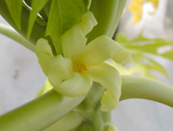

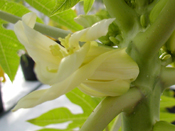
Manure and Fertilisation – The plants should be manured at the rate of 1.35 kg of fertilizer mixture (urea, superphosphate and muriate of potash in the ratio in the ratio of 1:2:0.35) twice a year in February and August along with 20 kg of well rotten farmyard manure.
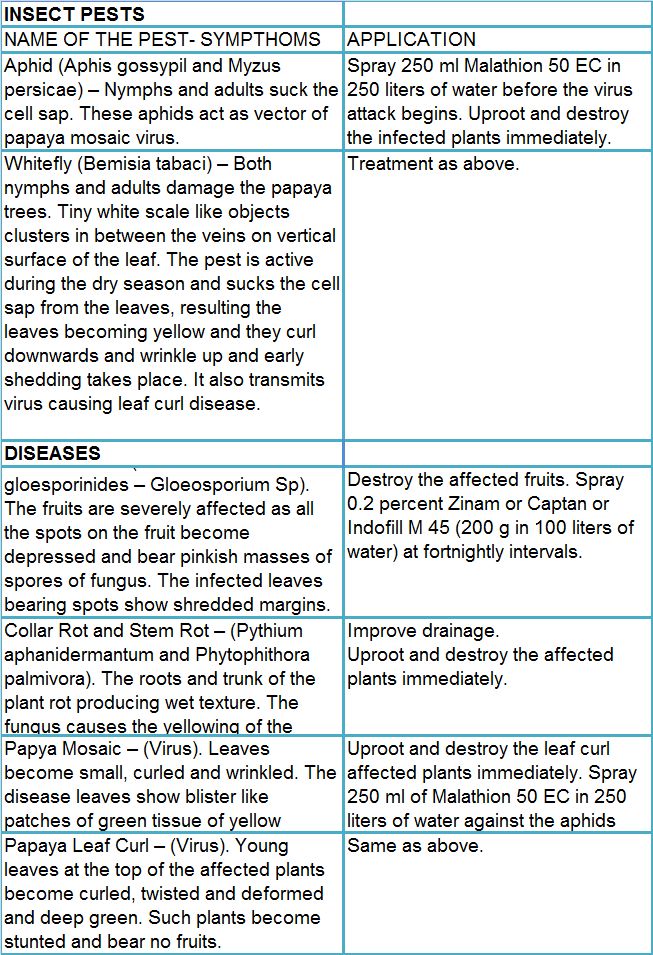
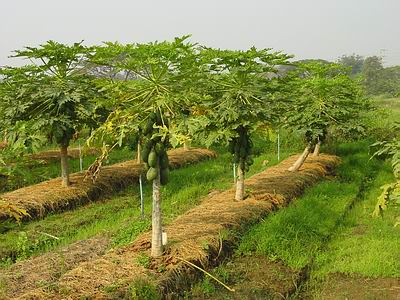

PAPAYA JAM
Ingredients:
4 cups mashed ripe papaya
3 ½ cups sugar
1/3 cup orange juice
Method:
Peel the ripe papaya and deseed it. Mash it into fine pulp.
Strain through coarse perforated strainer and measure.
Boil gently and add orange juice and sugar. Continue to boil and keep steering till the desired consistency is obtained.
Transfer to sterilised and clean bottle or container.